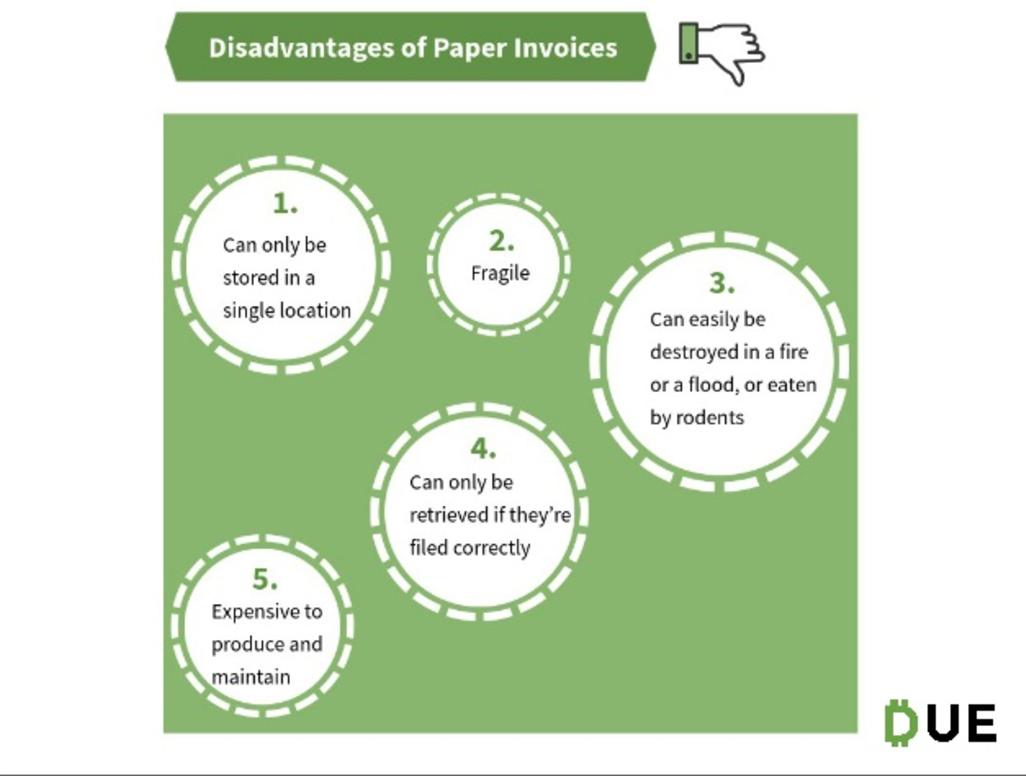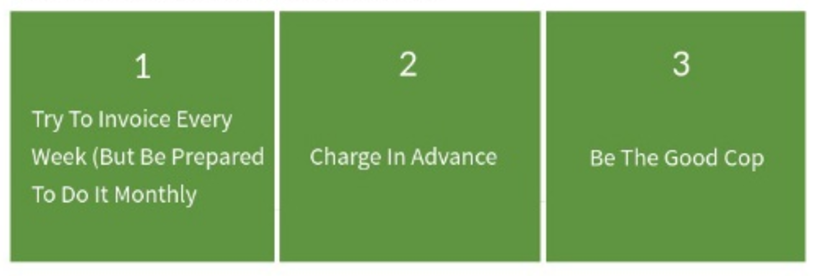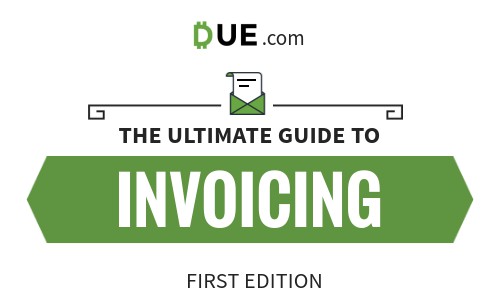Although very necessary to a business of any size, invoicing is not necessarily a top-of-mind activity mainly because it doesn’t involve making money even if it does facilitate getting money that’s already been made. Sending out invoices is a very important task and one that has improved in recent years thanks to the emergence of technology that has enabled online invoicing. In order to understand the value of invoicing on your business and its cash flow, check out this ultimate guide to invoicing found on SlideShare.

The SlideShare covers a wide range of topics related to invoicing, starting out with statistics about the migration of companies from paper-based invoicing to electronic invoicing. The presentation then covers the six types of invoices, which include pro forma invoices, interim invoices, recurring invoices, past due invoices, final invoices and miscellaneous invoices.
Invoices should have a consistent format no matter what style you select or how you leverage an invoice template to extend your brand into this aspect of your business communications. Essential elements for an invoice include company details, heading, date and invoice number, list of items purchased, total and terms of payment. All of this information is intended to help your customers clearly understand what they need to do and how you provided what they needed. It also gives all the information they need to get you paid in one place.

Electronic invoices are typically paid out by ACH transfers with corporate buyers or through online payment systems. The disadvantages of using paper invoices is that they can only be stored in a single location, are fragile, can be destroyed, and are expensive to produce and manage. However, electronic invoices offer cost savings, are greener, require less storage, and deliver fast payments.
You may always run into those customers that are late payers, but there are ways that you can help speed up payment. Options include offering discounts for early payments or using factoring to provide the money you need to get cash flow now until customers pay you. Money can be sent by wire transfer or ACH, offering a significant amount of the total invoice upfront. There are just some requirements before factoring can be used as an option.
The last few slides directly address how freelancers can use invoicing. Recommendations include charging every week to maintain good cash flow, charging in advance, and acting as the good cop. Invoices are a business record and help a freelancer stay on top of their revenue. It’s important to ensure timely payment while keeping the client happy.
While invoicing can seem like a real chore and feel like a thankless job that takes you away from your main business, it doesn’t have to feel this way when you have an invoicing strategy, migrate to electronic invoicing, and follow a standard practice for creating professional invoices for clients. Freelancers, startup founders, and small business owners can all benefit from having a standardized and automated invoicing process that reduces human error, speeds payment, helps to maintain good relationships with clients, and increases cash flow.
Be sure to check out this ultimate guide to invoicing so you can start benefitting from the insights presented within this SlideShare presentation.











